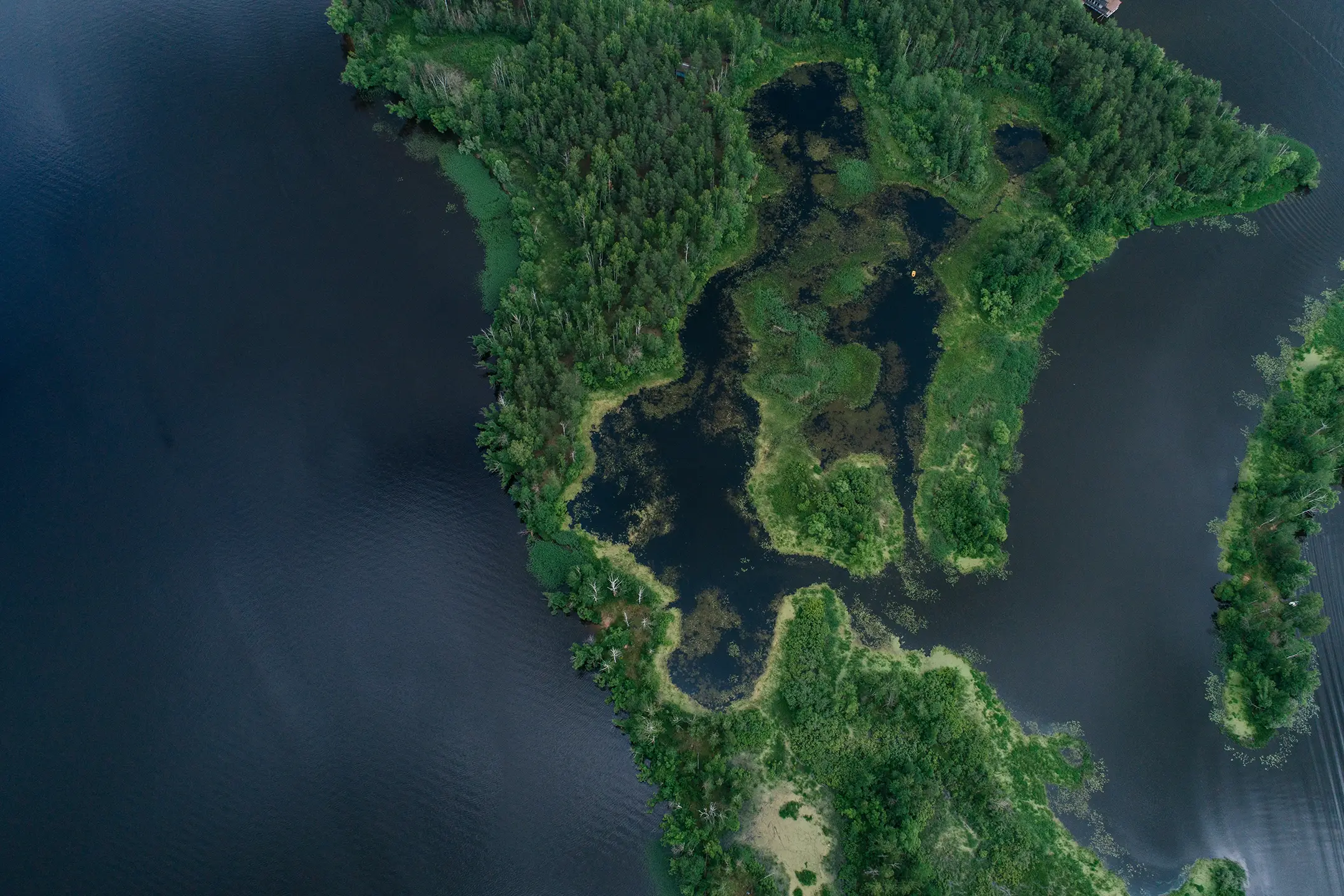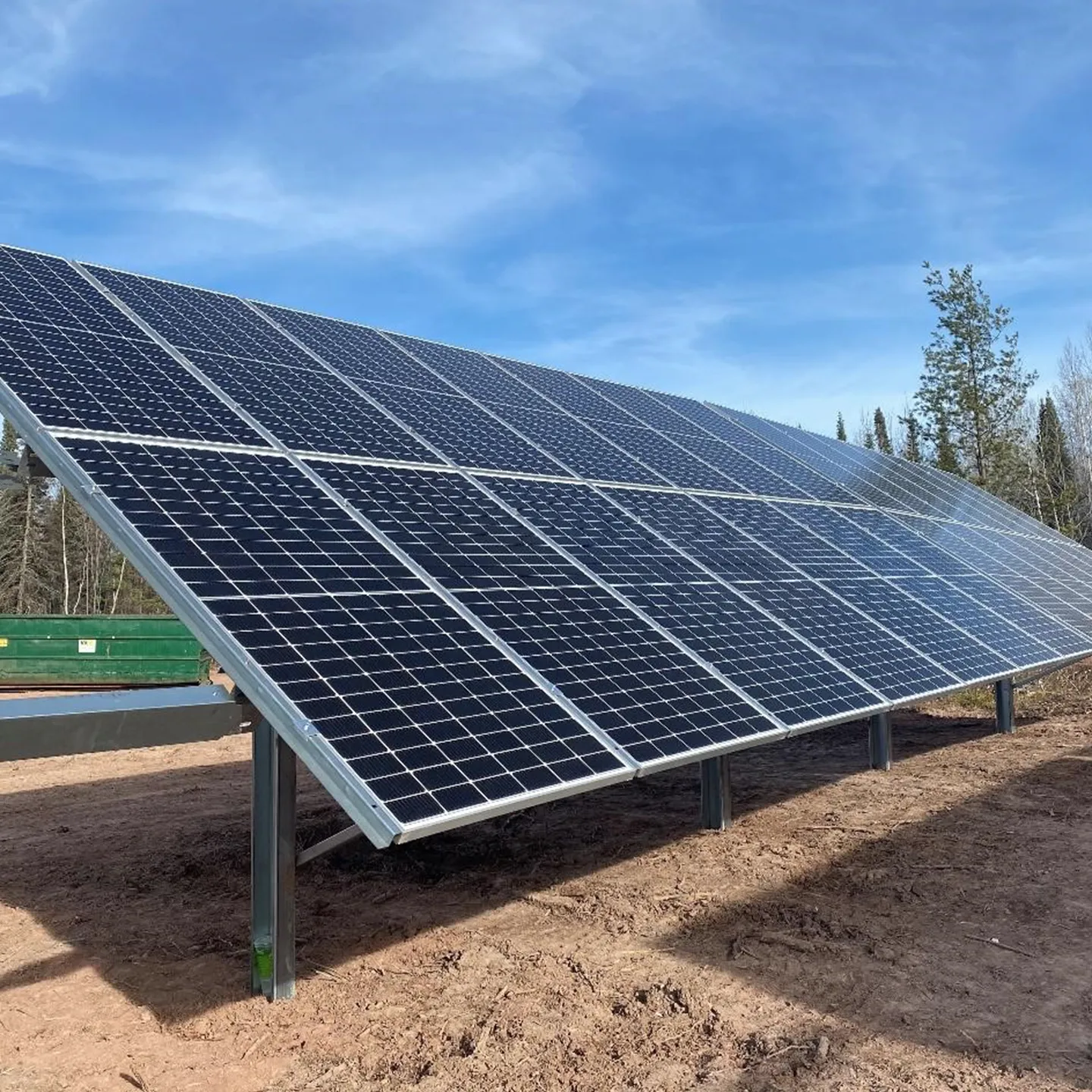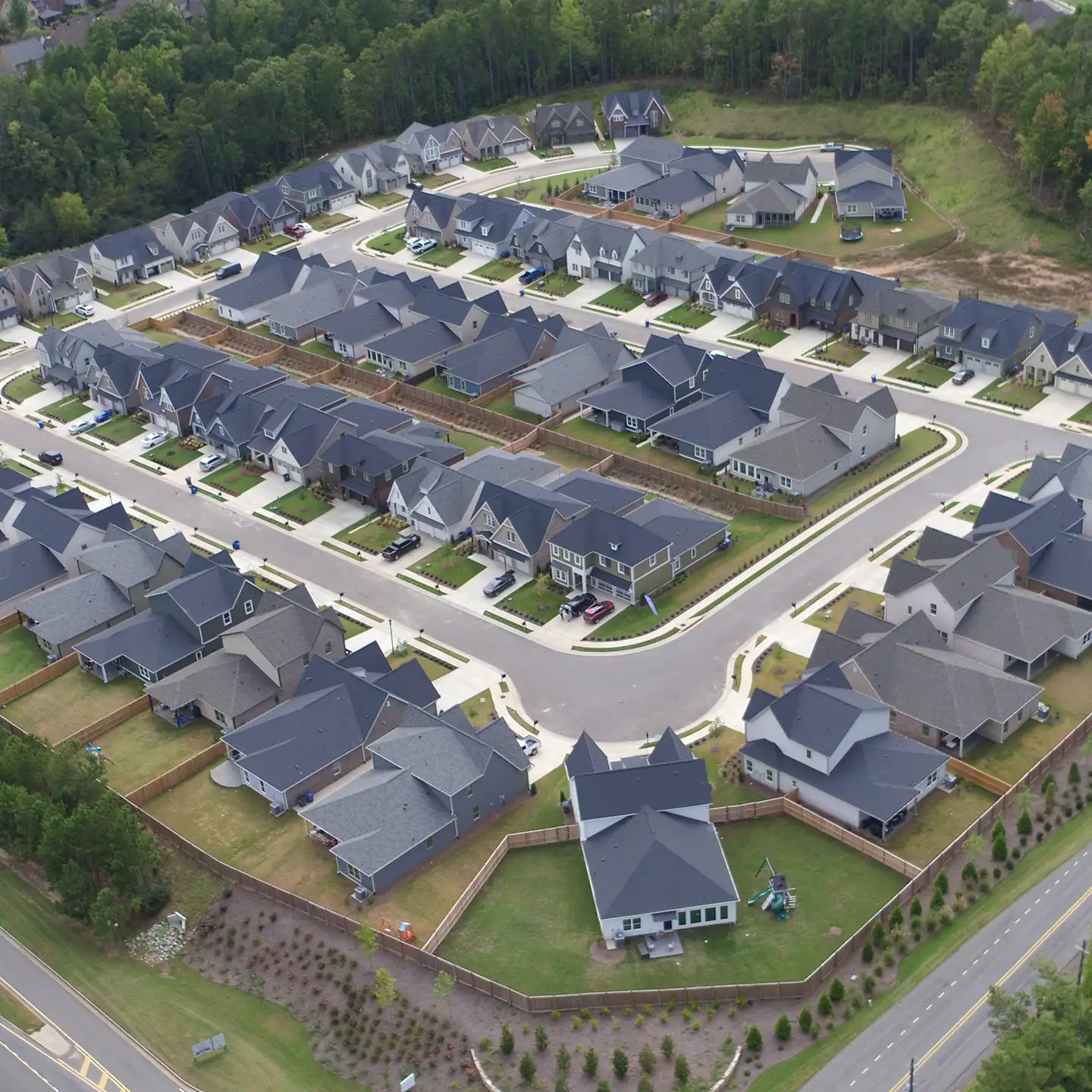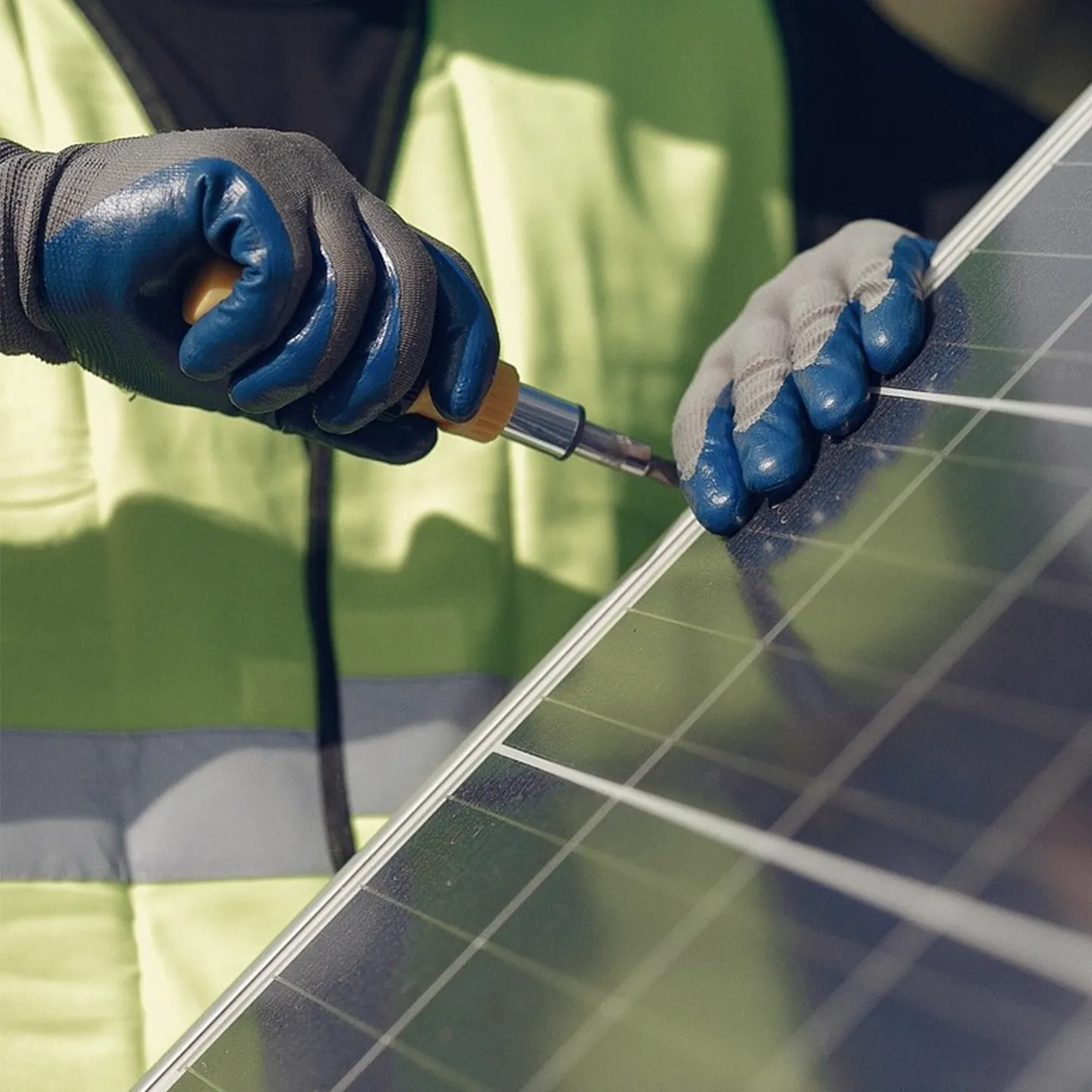The Good News
We’ve seen how previous federal investment can make people’s lives better. And we can learn from it.
Using firsthand accounts, we compiled four brief case studies showcasing how the federal government has successfully partnered with and supported communities, businesses and nonprofit organizations on innovative climate solutions. These meaningful collaborations have not only driven climate action forward, but helped test new technologies, build resilience in the face of extreme weather, create good-paying jobs and seed new economic opportunities in places across the country.
Together, these case studies highlight vital lessons on how communities can – and must continue to – shape climate solutions moving forward.
Policy Lessons
As policymakers, communities and businesses take hold of new climate investments in the U.S., these case studies offer several key policy lessons on how to maximize the impact of federal funding through collaboration, information sharing and tailoring the funding approach. These examples show that federal funding, if designed well and implemented in partnership with communities and businesses, can strengthen a community’s resilience, create new jobs and economic opportunities, lower household energy costs and slash climate pollution.
- Community vision should guide federal support.
- Leveraging trusted voices and networks can enhance the adoption of new solutions.
- Underserved communities should be prioritized for federal climate funding.
- Technical assistance is a critical enabler.
- Funding pilot projects can put solutions to the test in real-world conditions, supporting broader scale-up.
- Program evaluation can help drive even more impactful investments in the future.





